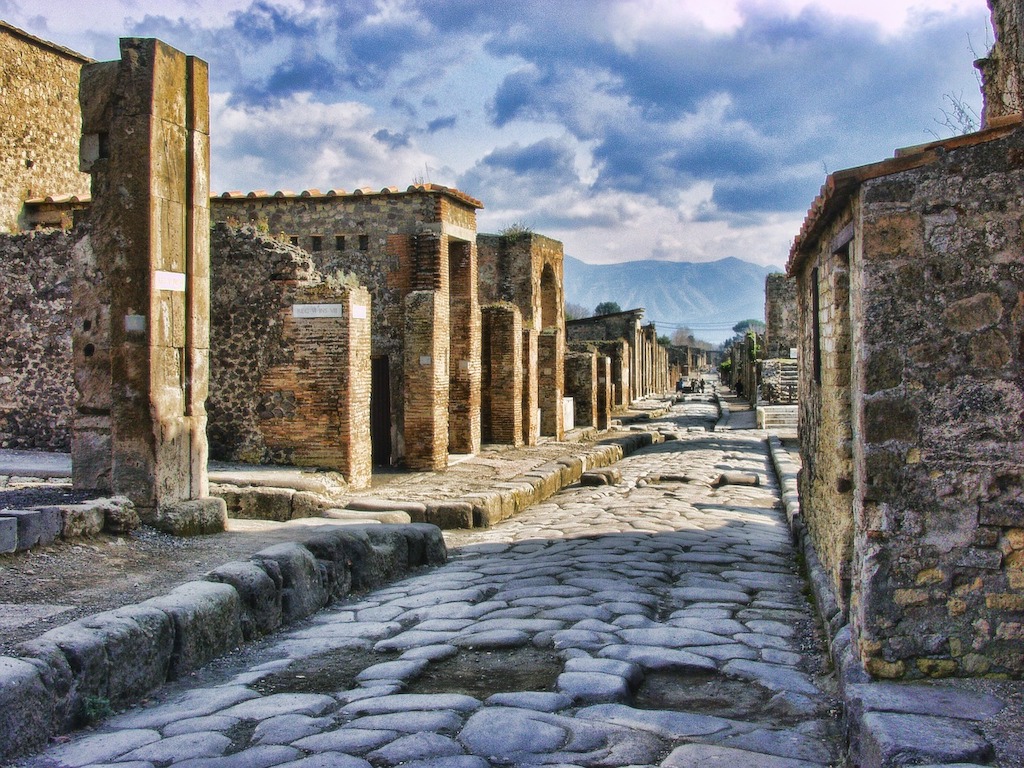2 Mins Read
Turns out, the Romans were not only the engineers behind aqueducts and underground heating. Excavations at Pompeii by classical academic Allison Emmerson and a team of researchers and archeologists has revealed that rubbish left outside the city walls were being collected, sorted and resold – Romans invented recycling too. Emmerson believes our modern world needs to learn from the Romans’ prioritisation on reusing resources in order to fight the waste crisis.
In her new book, Life and Death in the Roman Suburb, academic Allison Emmerson documents how refuse mounds outside the walls of Pompeii, the city buried under volcanic ash when Vesuvius erupted in 79 AD, were sorted into “use” or “reuse” piles. Broken ceramic pieces, tiles and plaster were repurposed and resold as construction materials.
The mounds of rubbish were previously believed to have been formed when the earthquake struck the city 17 years before the volcanic eruption. Most had been cleared by the mid-20th century, but some are still being discovered by archaeologists today.
Emmerson says that scientific analysis can now trace some of the trash from city sites to suburban areas that are similar to modern landfills, and back to the ruins of Pompeii, where the material would have been reused in flooring in buildings, villas, artisan shops, taverns and bathhouses.
“We found that part of the city was built out of trash. The piles outside the walls weren’t material that’s been dumped to get rid of it. They’re outside the walls being collected and sorted to be resold inside the walls,” said Emmerson.
Pompeii is now a Unesco world heritage site, and archaeologists Steven Ellis and Kevin Dicus worked on the University of Cincinnati’s excavations to reveal how the ancient city was built. Alongside Emmerson, Ellis and Dicus used soil samples to find out where and how the refuse was moving across the city.
“The difference in soil allows us to see whether the garbage had been generated in the place where it was found, or gathered from elsewhere to be reused and recycled,” explained Emmerson. Some walls had pieces of repurposed broken tile and amphorae and lumps of reused mortar and plaster hidden inside a final layer of new plaster.
We have much to learn from the Romans when it comes to waste, says Emmerson. “For the most part, we don’t care what happens to our trash, as long as it’s taken away. What I’ve found in Pompeii is an entirely different priority, that waste was being collected and sorted for recycling. This point has relevance for the modern garbage crisis.”
The world now produces over 2 billion tonnes of municipal solid waste each year – enough to fill up over 800,000 Olympic-sized swimming pools. Emmerson believes that if we are to find a way out, we must begin thinking about the value of what we deem as landfill waste, reusing resources in different ways and extending the lifespan of items for as long as possible.
Lead image courtesy of Pixabay.




